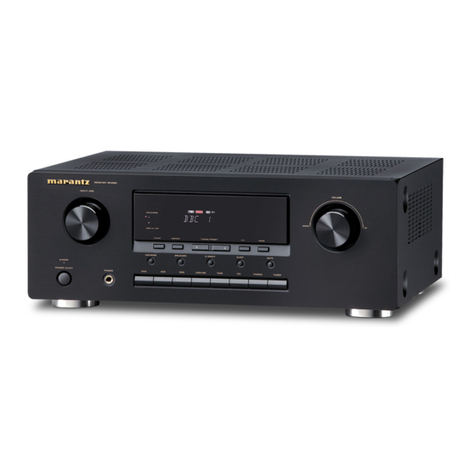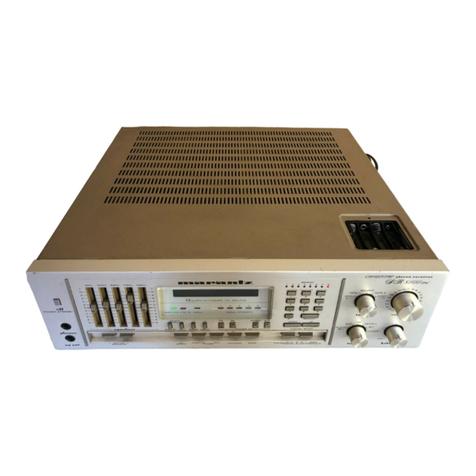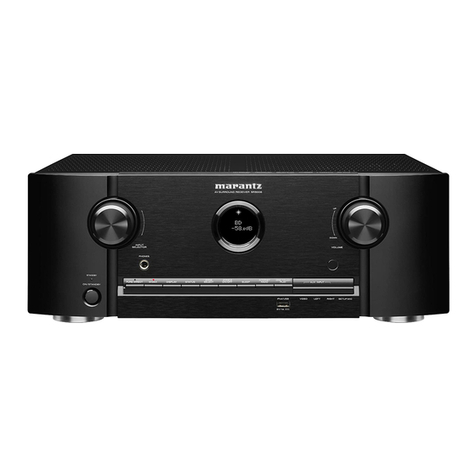Marantz SR620 User manual
Other Marantz Receiver manuals

Marantz
Marantz PS2100 User manual
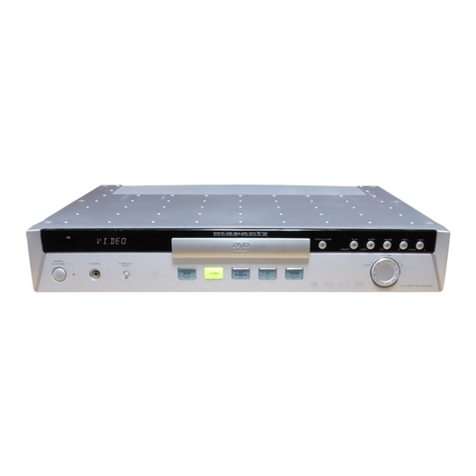
Marantz
Marantz ER3000 User manual
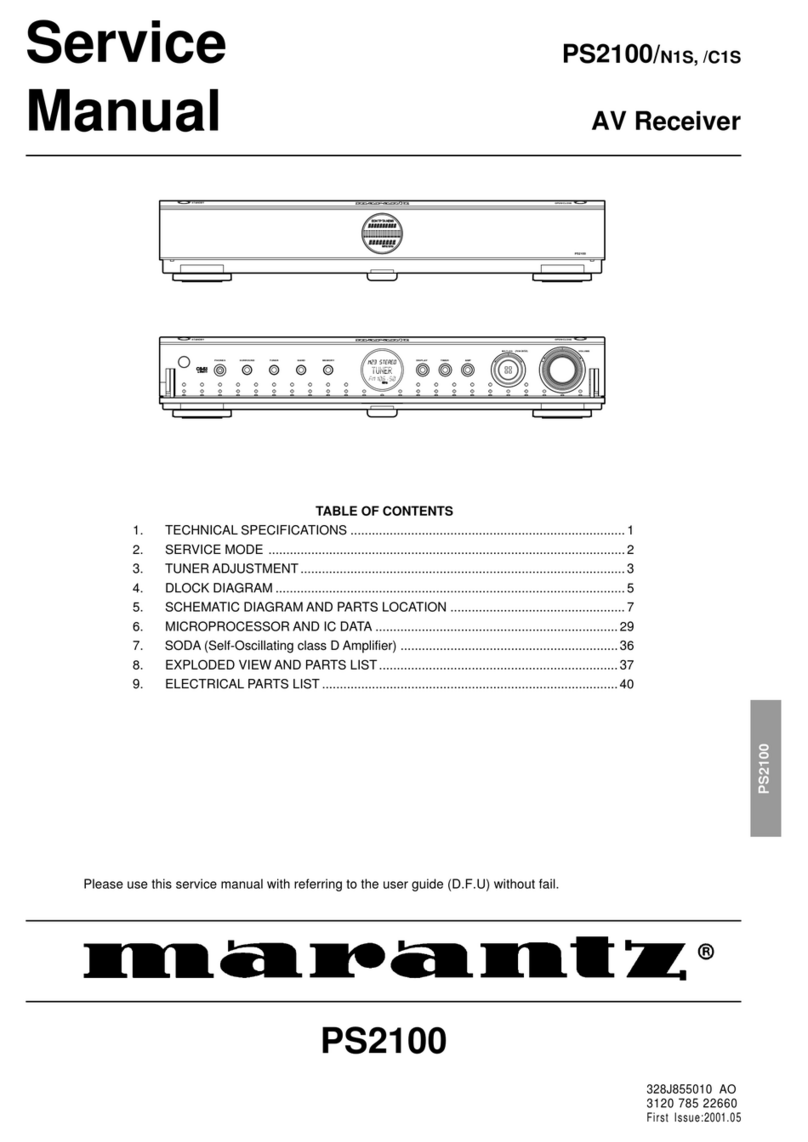
Marantz
Marantz PS2100N1S User manual

Marantz
Marantz SR7400 User manual
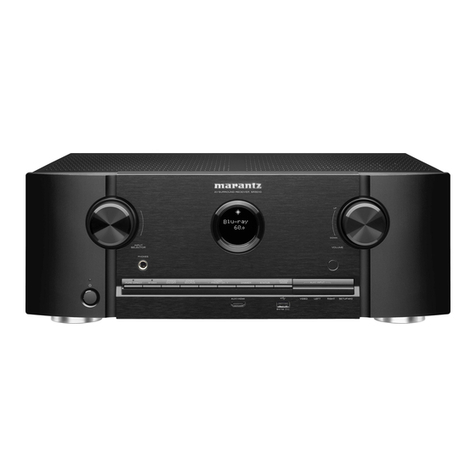
Marantz
Marantz SR5010 User manual

Marantz
Marantz SR-73 User manual
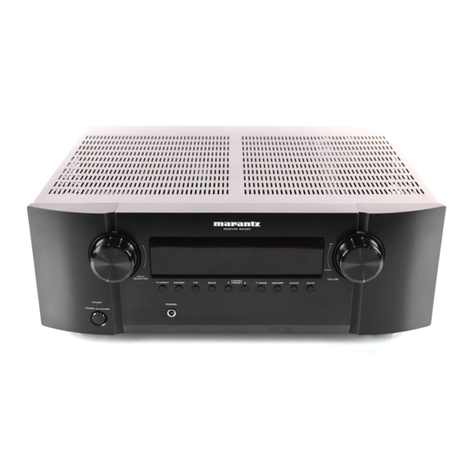
Marantz
Marantz SR4023 User manual
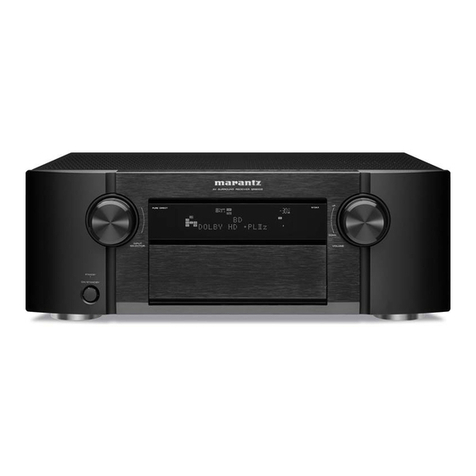
Marantz
Marantz SR6005 User manual

Marantz
Marantz SR7009 User manual

Marantz
Marantz SR4120 User manual
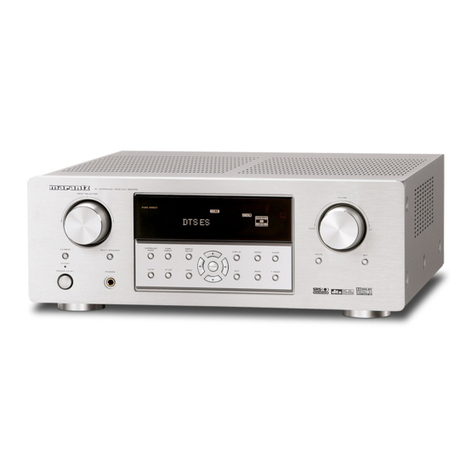
Marantz
Marantz SR4500 User manual
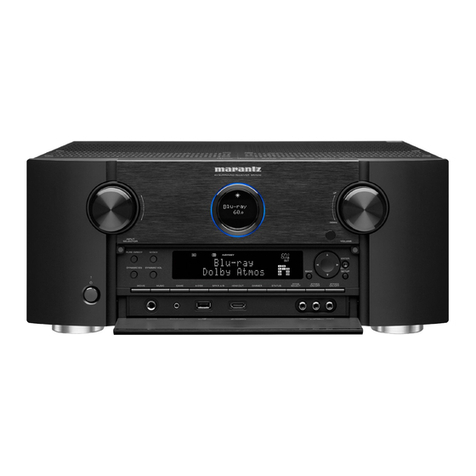
Marantz
Marantz SR7010 User manual
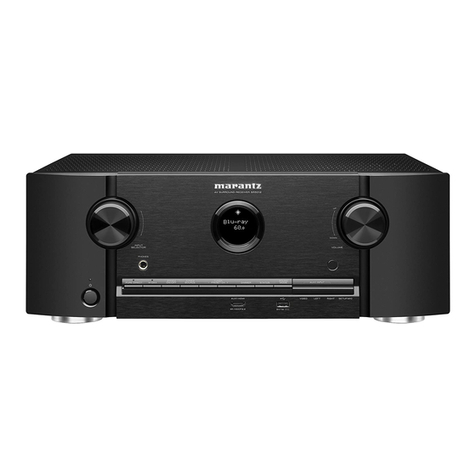
Marantz
Marantz SR5012 User manual
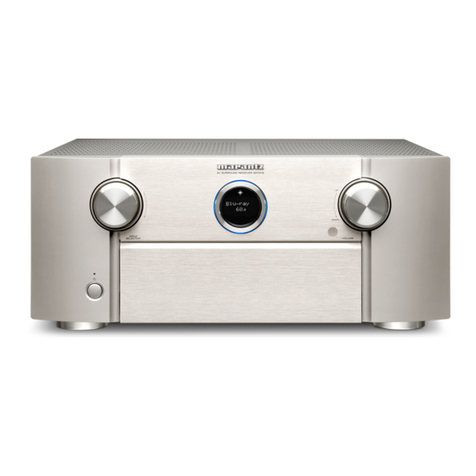
Marantz
Marantz SR7013 User manual
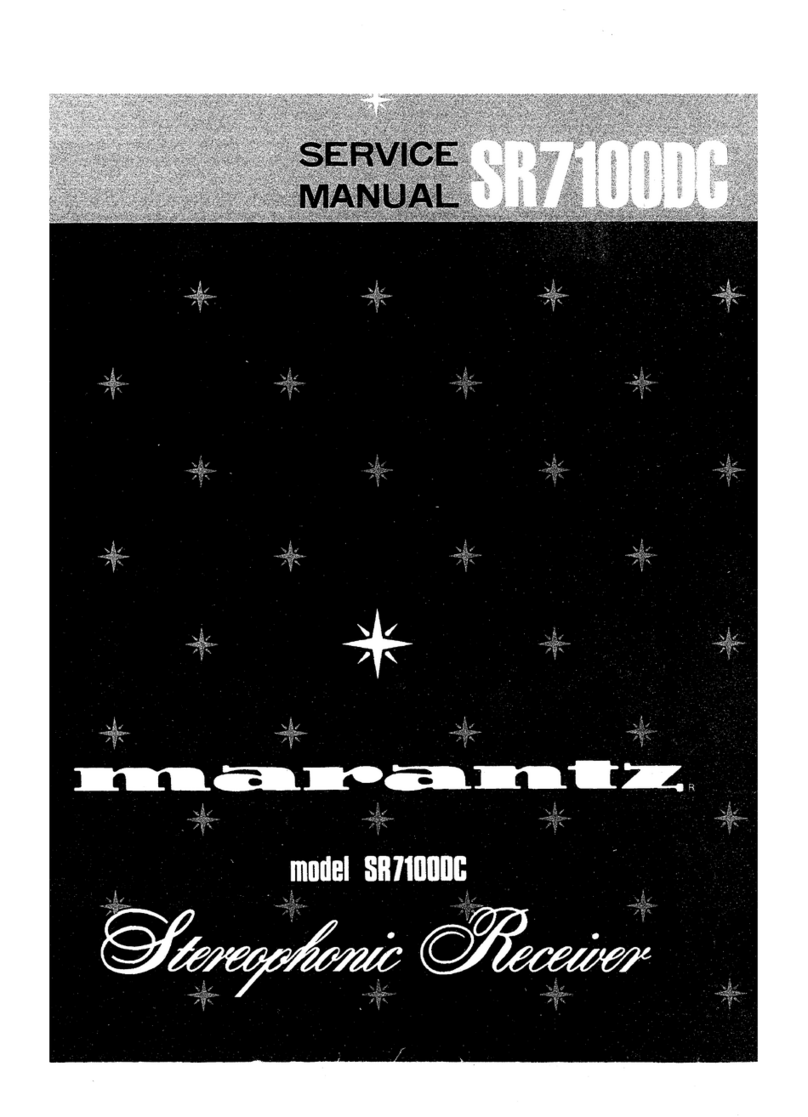
Marantz
Marantz SR7100DC User manual

Marantz
Marantz M-CR510 User manual

Marantz
Marantz AV7005 Quick start guide
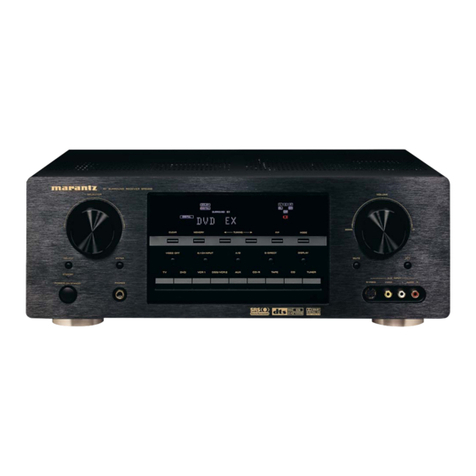
Marantz
Marantz SR5400 User manual

Marantz
Marantz NR1604 User manual

Marantz
Marantz ER2500 User manual
